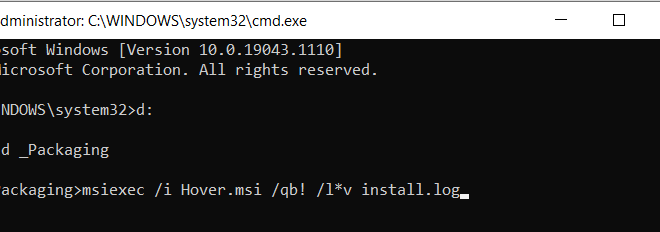What Is a Silent Installation in Windows, and When Should You Perform One?

A silent installation in Windows is a process of installing software without any user interaction or interference. It is an automated installation that runs quietly in the background, without any prompts or options for the user to choose from.
In a silent installation, all the necessary files and settings are predetermined, and the installation process runs according to a specific script or command line parameters. The software is installed silently, without any visual feedback, until the installation process is complete.
There are several scenarios where a silent installation is useful. For example, if you need to install software on multiple computers, a silent installation can save a considerable amount of time and effort. You can use a script or a deployment tool like System Center Configuration Manager (SCCM) to automate the installation process and ensure consistency across all computers.
Another reason to perform a silent installation is when you want to avoid interruptions or distractions caused by software installation prompts. For instance, if you’re in the middle of a presentation or a meeting, the last thing you want is to be interrupted by an installation wizard.
Moreover, a silent installation can be helpful when you need to eliminate potential errors or mistakes caused by user interaction. By removing the human element from the installation process, you can reduce the chances of misconfigured or incomplete installations.
To perform a silent installation, you first need to create a command-line script that specifies the software installation settings, such as the installation folder, license key, and other options. You can use the software vendor’s documentation or online resources to find the appropriate command-line parameters.
Once you have the script, you can run it through a command prompt or a deployment tool to initiate the installation process. The installation progress and status can be monitored through log files or other reporting mechanisms.
In conclusion, a silent installation in Windows can be a useful tool for automating software installations and reducing user interaction and interruptions. By relying on predefined settings and command-line parameters, you can ensure consistent and error-free installations across multiple computers or environments.






